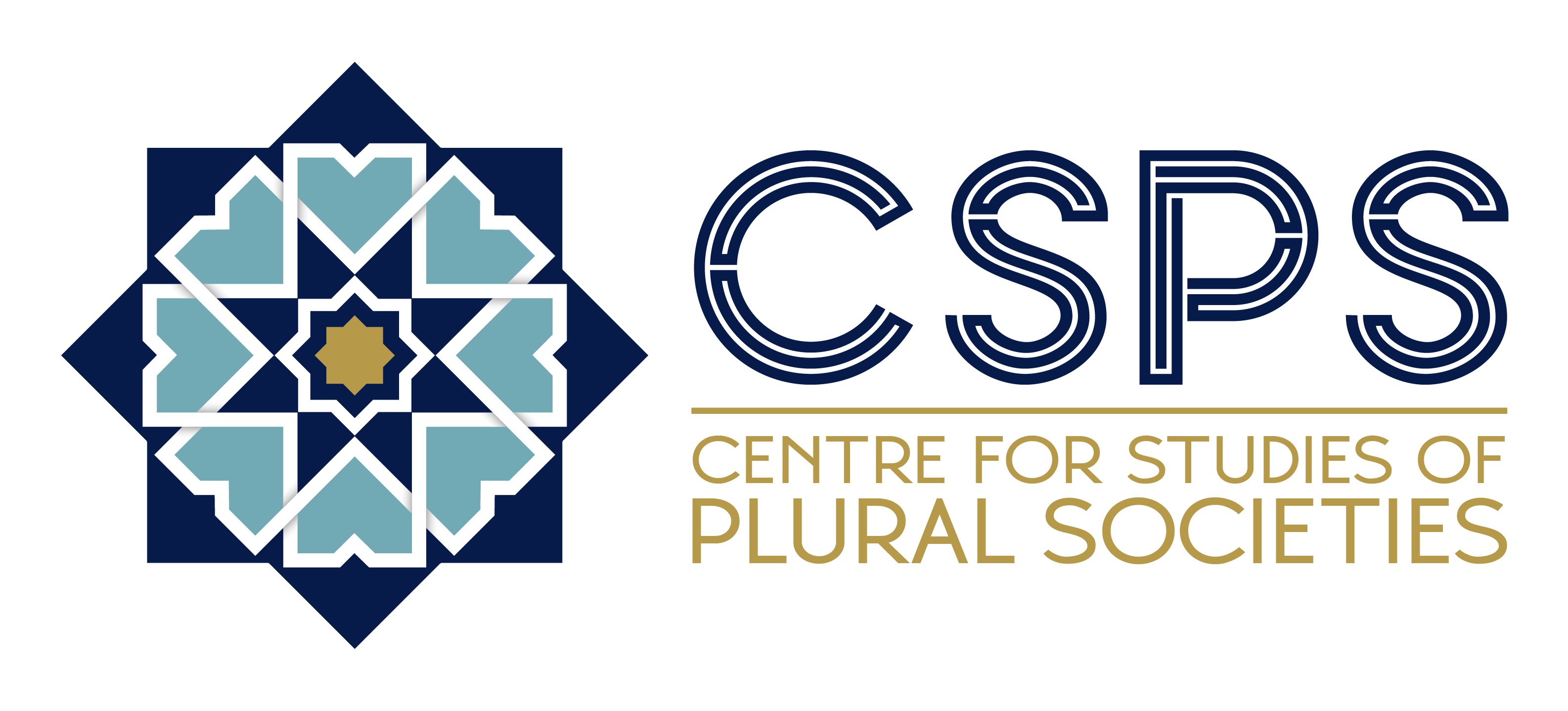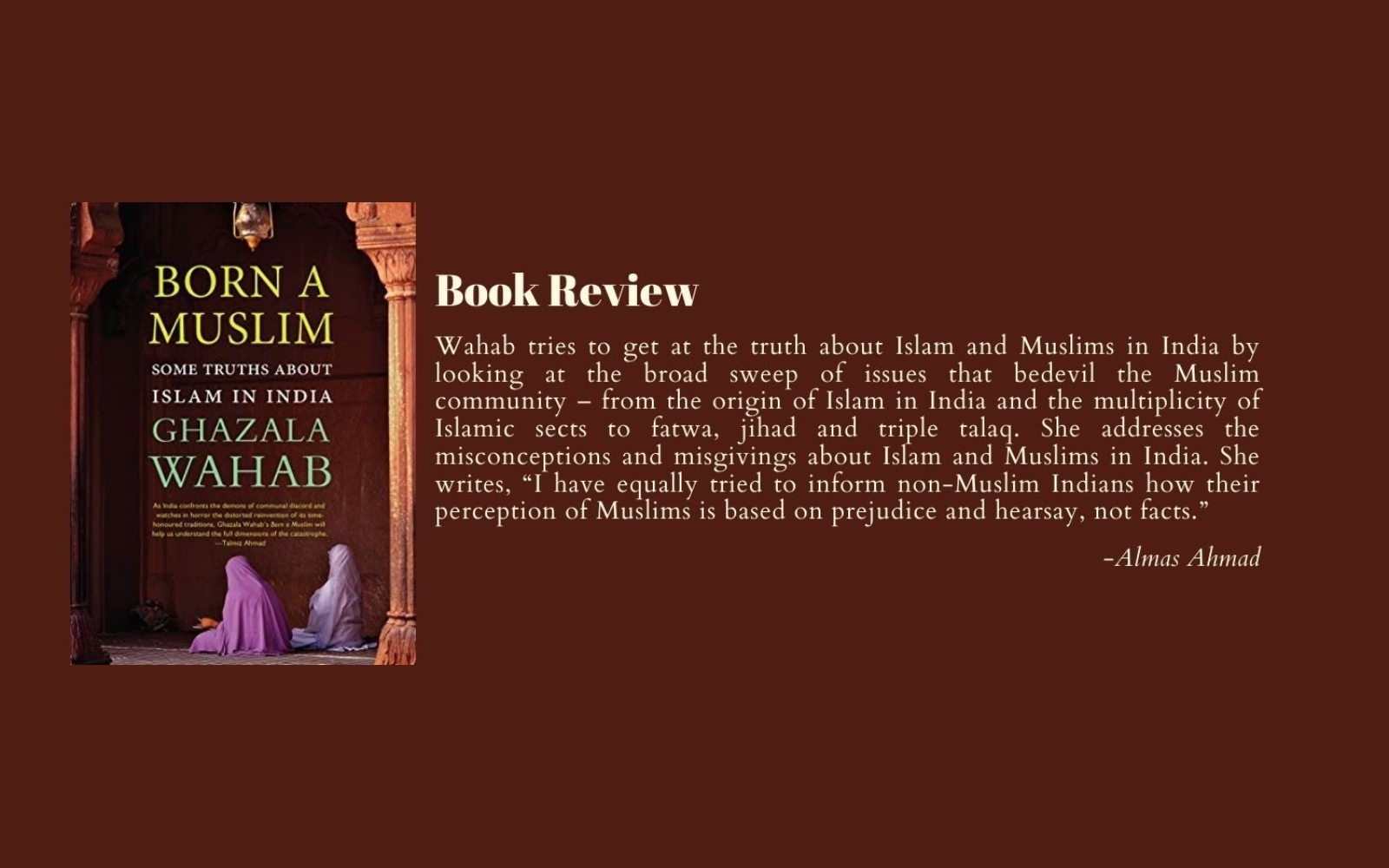In the given political conditions, the intellectual debates in India have triggered the interpretation of religion and its relevance in Indian political conditions. It is just a coincidence that Indian readers have seen two notable contributions on the same subject in just two years. The first was a prolific author and politician, Shashi Tharoor. He wrote “Why I am a Hindu” in which he explained the true tenets of the Hindu religion and defended the Hindu religion from getting politicised and misinterpreted by his opponents. Tharoor has elucidated Hinduism’s humane, tolerant face. Similarly, Ghazala Wahab has attempted to present a picture of Islam and Muslims in India through her book “Born a Muslim: Some Truths about Islam in India.”
Wahab tries to get at the truth about Islam and Muslims in India by looking at the broad sweep of issues that bedevil the Muslim community – from the origin of Islam in India and the multiplicity of Islamic sects to fatwa, jihad and triple talaq.
Wahab tries to get at the truth about Islam and Muslims in India by looking at the broad sweep of issues that bedevil the Muslim community – from the origin of Islam in India and the multiplicity of Islamic sects to fatwa, jihad and triple talaq. She addresses the misconceptions and misgivings about Islam and Muslims in India. She writes, “I have equally tried to inform non-Muslim Indians how their perception of Muslims is based on prejudice and hearsay, not facts.”
Wahab feels that Islam should be a personal guiding light that provides solace, not a governing force that determines the choices one makes.
She traces the historical roots of Islam from seventh-century Arabia and its arrival in the subcontinent through multiple routes (traders, invaders, rulers, mystics) that also influenced its evolution. Wahab feels that Islam should be a personal guiding light that provides solace, not a governing force that determines the choices one makes. She believes internal divisions within the faith and Wahabi Islam make Muslims more backwards. However, she is sceptical about the influence of mullahs on the community, recalls her experience, and writes, “the common thread that bound everyone, irrespective of their devotion, was complete disdain for the mullah. He was viewed as a half-learned man who was more likely to mislead than a guide.” Her statements on Ulema are prejudiced and not backed by facts or data. However, while writing about the Ulema, she is primarily influenced by her family practices and beliefs, which further gave birth to her prejudices against the Ulema.
She asserts that the communal violence forced Muslims to rely on their numbers for security which gave birth to ghettos that limited their accommodation, education, and professional choices.
She asserts that the communal violence forced Muslims to rely on their numbers for security which gave birth to ghettos that limited their accommodation, education, and professional choices. Later, she changes her viewpoint and iterates that illiteracy, poverty, and the disproportionate influence of Ulema are responsible for ghettos. She says that the political institutions often use the Ulema for their self-interests. The Ulema are seen as the community’s representative, preventing progressive, secular Muslim leadership emergence. The author presents a flawed argument and fails to provide sufficient data to justify her argument, which does not stand true for contemporary India and appears like an exaggeration relying on a handful of interviews or opinions.
She touches upon the caste system amongst Muslims. She says, “The caste system among the Muslims of the Indian subcontinent is the worst-kept secret of the community…the egalitarian faith of the desert could not overcome the deep-rooted prejudice of birth in India.” However, she acknowledges that caste has no religious sanction in Islam. She also narrates an interview of a person Mohammed Islam (not real name), who says his forefathers were Hindus, but the upper caste Hindus did not treat them well. Islam offered both dignity and security. If Islam does not give us security, we can become Hindus again.
She describes her visit to the Muslim locality, compares Burkha to Islamic Lakshman Rekha, and propounds, “burkha, hijab, purdah, no matter how many names one gives it, the impact remains the same- these are all ways to disempower women.” Wahab’s narration appears to be driven by personal biases, as in the case of Burkha or Hijab. She makes another sweeping statement without substantiating it with the facts. The world witnessed how Muslim women have led the protests in the last two years without compromising their identities. She believes that “Wearing a hijab adds nothing to one’s faith, and not wearing one takes nothing away from it.”
Talking about the insecurities of Muslims in India, she mentions that in the long history of communal violence, the state machinery has either been an enabler or spectator to the viciousness of the mob. She mentions how the partition and Babri Masjid incident, followed by various communal incidents across the country, have created a perpetual scar on the community’s collective psyche.
Talking about the insecurities of Muslims in India, she mentions that in the long history of communal violence, the state machinery has either been an enabler or spectator to the viciousness of the mob. She mentions how the partition and Babri Masjid incident, followed by various communal incidents across the country, have created a perpetual scar on the community’s collective psyche. Many started living in ghettos. She recalls how her immediate family moved to the new locality of the non-Muslim majority population. Post Rath Yatra, when communal violence broke out, her new neighbours requested them to move back to their old locality. Her father had many contacts with the senior officials in the local administration who came to their house. Her father believed that he had an excellent relationship with them. However, when violence broke out, they were nothing but Muslims: Forever suspects, forever scapegoats.
Despite being called a “pampered minority”, Muslims continue to fall behind on all progress parameters. Of all the minorities, Muslims have been the least capable of availing of governmental ameliorative schemes, scholarships, or easy bank loans.
She tries to establish how Muslims simultaneously carry the double burden of being labelled as “anti-national” and “appeased”. Despite being called a “pampered minority”, Muslims continue to fall behind on all progress parameters. Of all the minorities, Muslims have been the least capable of availing of governmental ameliorative schemes, scholarships, or easy bank loans. Unfortunately, neither the government nor better-off community members can ameliorate their condition.
She is very pessimistic about the contemporary situation and believes that the atmosphere is unsuitable for Muslims to embrace modernity, especially in education, careers, and women’s rights. However, the Muslim youth are more assertive than ever. They are facing the brutalities of power directly and hence becoming more realistic. The Muslim men and women are asserting their rights and amplifying their voices across the mainstream media and social media. Najeeb Jung, the former vice-chancellor of Jamia Millia Islamia and former Delhi Lieutenant Governor, pointed out how today’s Muslim youth take to the streets to assert their rights is indicative that Muslim youth has shrugged off their parents’ guilt. On the contrary, many Hindu youths, especially those aligned with Sangh Parivar, continue to carry the burden of victimhood that their forefathers bore and then bequeathed to them. They remain victims of a skewed recording of history.
Wahab returns to her childhood and recalls the peculiar questions thrown at her during her school days. “Why do you fast during Ramzan? Do you put meat in all your food? Why don’t Muslims bathe every day? How many mothers do you have?”
She believes her classmates asked these questions due to curiosity and inherited prejudices. Whenever they asked, she would answer them, which helped reduce the gap between them. They were able to know more about Islam and Muslims. During the 90s, with the rise of right-wing forces and the transformation of the “Ram Ram” to the militant “Jai Shri Ram,” communication broke down between the communities. She recalls that at Delhi University, her non-Muslim classmates were not interested in knowing anything about Muslims. Gradually even talking about the Muslims became a bad omen in the public sphere. The radical Hindu organisations started harbouring those who spark violence against the minorities. It has become a trend to commit violence against minorities and get instant fame and upward mobility within these organisations. All this has created a chasm between the communities. It did not just stop the conversation but became a hindrance to becoming a democratic society.
Wahab hopes to build a bridge between the communities through this book. Perhaps, love and peace via conversation can fill the chasm created by the right-wing forces among all the communities. However, as the author has said, while clearing the misconceptions, one should not let personal biases and prejudices dominate; instead, they should be substantiated by facts and valid arguments.
Almas Ahmad is a student of Political Science at Aligarh Muslim University




